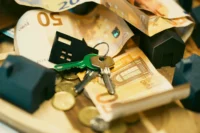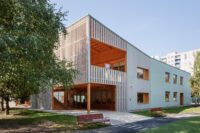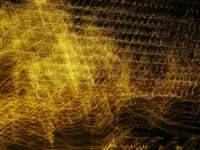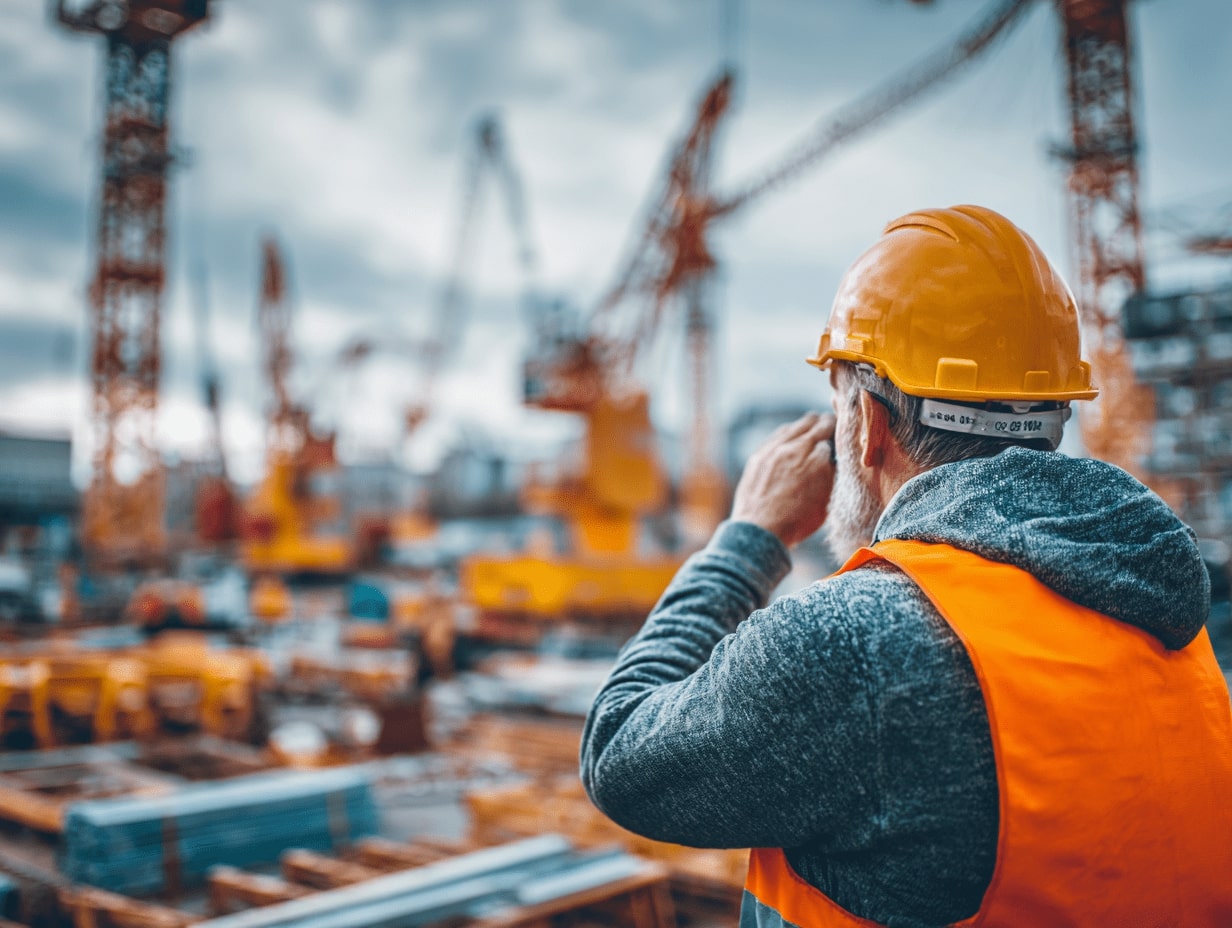- Home
- Articles
- Architectural Portfolio
- Architectral Presentation
- Inspirational Stories
- Architecture News
- Visualization
- BIM Industry
- Facade Design
- Parametric Design
- Career
- Landscape Architecture
- Construction
- Artificial Intelligence
- Sketching
- Design Softwares
- Diagrams
- Writing
- Architectural Tips
- Sustainability
- Courses
- Concept
- Technology
- History & Heritage
- Future of Architecture
- Guides & How-To
- Art & Culture
- Projects
- Interior Design
- Competitions
- Jobs
- Store
- Tools
- More
- Home
- Articles
- Architectural Portfolio
- Architectral Presentation
- Inspirational Stories
- Architecture News
- Visualization
- BIM Industry
- Facade Design
- Parametric Design
- Career
- Landscape Architecture
- Construction
- Artificial Intelligence
- Sketching
- Design Softwares
- Diagrams
- Writing
- Architectural Tips
- Sustainability
- Courses
- Concept
- Technology
- History & Heritage
- Future of Architecture
- Guides & How-To
- Art & Culture
- Projects
- Interior Design
- Competitions
- Jobs
- Store
- Tools
- More
MVRDV Restored Heritage Buildings: Blending History with Modern Design and Sustainability
Discover how MVRDV, the innovative architectural firm, masterfully restores heritage buildings by blending historical preservation with modern design. With sustainable materials, energy-efficient systems, and creative approaches, their projects honor cultural significance while meeting contemporary needs, transforming neglected structures into vibrant.

Preserving the past while embracing the future is no easy task, but that’s exactly what MVRDV achieves with its restored heritage buildings. As a renowned architectural firm, MVRDV is celebrated for its innovative approach to blending modern design with historical charm. Their projects don’t just renovate—they reimagine, breathing new life into structures that tell stories of a bygone era.
When heritage meets creativity, the results are nothing short of breathtaking. MVRDV’s restorations honor the original character of these buildings while introducing contemporary elements that make them functional for today. It’s a delicate balance of respecting history and pushing boundaries, and they do it with unmatched precision and vision.

Table of Contents
ToggleOverview Of MVRDV And Their Work
MVRDV, founded in 1993 by Winy Maas, Jacob van Rijs, and Nathalie de Vries, operates as a globally renowned architecture and urban design practice. Based in Rotterdam, Netherlands, the firm is celebrated for its bold, sustainable, and creative solutions that blend functionality with aesthetics.
Their portfolio encompasses residential, cultural, and commercial buildings, as well as urban plans and landscape designs. Notable projects include the Markthal in Rotterdam, with its vibrant ceiling artwork, and the Crystal Houses in Amsterdam, which combine traditional architecture with transparent modern façades. Through these projects, MVRDV continuously redefines architectural standards.
In heritage restoration, MVRDV emphasizes combining historical preservation with contemporary interventions. This approach respects a building’s legacy while catering to modern societal needs. Each restoration adapts to the specific context, using innovative design strategies to create spaces that are both relevant and sustainable.
Importance Of Restored Heritage Buildings
Restoring heritage buildings ensures that historic structures remain relevant while serving modern purposes. These restorations protect cultural significance and promote sustainable practices.

Preserving Cultural Identity
Restored heritage buildings maintain the essence of a community’s history and traditions. By conserving unique architectural styles, such as Gothic facades or Renaissance details, we keep distinctive cultural elements alive for future generations. These structures often serve as tangible reminders of historical events, regional crafts, or societal transformations. In safeguarding these assets, we boost local pride, enhance tourism, and reinforce cultural continuity.
Sustainable Architecture Benefits
Heritage restorations reduce the environmental impact compared to constructing new buildings. Reusing materials like bricks, stone, or timber minimizes waste and conserves resources. By integrating energy-efficient systems such as insulation or modern HVAC units, we enhance these buildings’ functionality without damaging their character. Combining preservation with sustainability lowers carbon footprints and showcases adaptive reuses that align with ecological goals.
Notable MVRDV Restored Heritage Projects
MVRDV is renowned for reimagining historical structures with innovative designs, seamlessly melding heritage with modern functionality. Below are two exemplary restoration projects that showcase their expertise.
Rijnstraat 8, The Hague

Rijnstraat 8 in The Hague is a significant adaptive reuse project. Originally built in the 1990s, this government office building underwent a transformation led by MVRDV and co-architects OMA. The restoration introduced transparency and openness, replacing the previous fortress-like layout with modern, accessible spaces. Updates included a modular interior design, energy-efficient systems, and the integration of public facilities. This project preserved the existing structure while revitalizing its purpose as a multifunctional hub, aligning it with contemporary governmental needs.
Glass Farm, Schijndel
The Glass Farm in Schijndel combines cultural preservation with bold architectural innovation. Inspired by traditional Dutch farmhouses in the area, MVRDV designed a glass structure featuring images of farmhouses printed in ceramic ink. The restoration addressed the town’s historic yet evolving identity by transforming the central square’s site into a multifunctional building. Housing offices, restaurants, retail, and event spaces, the transparent façade subtly echoes heritage architecture while embracing modern aesthetics and functionality. This project highlights how heritage-inspired restorations can promote local vibrancy and connectivity.
Architectural Techniques And Innovations
MVRDV employs innovative architectural techniques to restore heritage buildings, ensuring harmony between modern designs and historical elements. Our approach emphasizes sustainability and adaptability to meet contemporary needs while preserving cultural significance.

Blending Modern And Historical Elements
We seamlessly integrate contemporary features with historical architecture to honor the legacy of each structure. For instance, in the Crystal Houses project, modern glass panels replicate the brick façade of traditional Amsterdam architecture, maintaining a visual connection with the building’s past. By adopting advanced modeling techniques, we recreate intricate historical details while introducing functional enhancements like larger windows or open-plan layouts. This balanced integration preserves authenticity while addressing modern utility.
Use Of Sustainable Materials
We prioritize the use of sustainable materials to ensure environmental responsibility during restoration. In the Glass Farm project, energy-efficient glazing and recycled construction materials reduced environmental impact while retaining the historic farmhouse appearance. Our projects regularly incorporate renewable resources, such as reclaimed wood and recycled metals, to maintain the structural integrity of heritage buildings. By implementing energy-saving technologies alongside sustainable materials, we enhance functionality without compromising an area’s historic essence.
Impact On Communities
MVRDV’s restoration of heritage buildings positively influences communities by blending historical preservation with modern usability. These projects foster cultural vitality, enhance public interaction, and redefine urban environments.
Revitalizing Urban Spaces

Restored heritage buildings breathe new life into urban areas, transforming neglected structures into active hubs. MVRDV adapts these spaces to meet contemporary needs, incorporating mixed-use functionalities like cultural centers, retail outlets, and public amenities. Rijnstraat 8 in The Hague exemplifies this transformation, converting an outdated government office into an inclusive, energy-efficient community hub. The Glass Farm in Schijndel, inspired by local history, integrates traditional aesthetics with modern design, creating a dynamic space for business and social activities. Such projects uplift their environments, attract tourism, and stimulate local economies.
Encouraging Public Engagement
MVRDV’s projects foster community connections by making heritage buildings more accessible and interactive. Through innovative designs, we ensure these spaces cater to diverse public uses, from cultural events to recreational activities. For instance, the Crystal Houses in Amsterdam incorporate transparent facades that preserve historical identity while inviting public curiosity. Restorations like the Glass Farm encourage residents and visitors to explore the rich cultural context. By reshaping heritage spaces into vibrant communal areas, MVRDV deepens public appreciation for historical architecture and strengthens community bonds.
Conclusion
MVRDV’s work in restoring heritage buildings demonstrates a successful balance between historical preservation and modern functionality. By integrating contemporary designs with traditional elements, the firm ensures that restored structures retain their cultural significance while aligning with present-day needs. Projects like Rijnstraat 8 and the Glass Farm highlight their ability to transform outdated buildings into vibrant, energy-efficient hubs that serve diverse purposes.
We see sustainability as a key principle in MVRDV’s approach. Through the use of recycled materials, energy-efficient technologies, and adaptable designs, the firm reduces environmental impact while maintaining the historic fabric of each structure. Efforts like these not only conserve resources but also position heritage structures as models for modern ecological architecture.
MVRDV’s heritage restorations actively contribute to community development, creating spaces that promote cultural engagement, economic growth, and social connectivity. By reviving neglected buildings and making them accessible, they preserve historical narratives and inspire a deeper appreciation of architectural heritage.
- adaptive reuse of heritage buildings
- and green building practices in restoration.
- architecture blending history and modernity
- architecture firm specializing in restoration
- blending old and new architecture
- conservation of historic structures
- heritage architecture and sustainability
- heritage building renovation
- historic building restoration
- historical architecture preservation
- innovative heritage restoration
- modern design heritage buildings
- modern redesign of historical buildings
- MVRDV architectural projects
- MVRDV heritage projects
- preserving architectural heritage
- restoration of historical sites
- Restored heritage buildings
- sustainable architecture
- sustainable building design
- sustainable restoration practices
Submit your architectural projects
Follow these steps for submission your project. Submission FormLatest Posts
Why Legal Support Is Critical After a Serious Construction Accident
If you are dealing with a construction accident or have ever watched...
7 Common Myths Every Contractor Should Stop Believing
The construction landscape is a complicated place at the best of times,...
Automation in Construction: Why Human Safety Still Matters
Automation in construction can cut injuries, but new risks emerge. Learn practical...
The Beauty of Temporary Buildings: Why Ephemeral Architecture Captivates Us
Explore the beauty of temporary buildings with design principles, sustainable materials, and...












Leave a comment